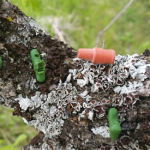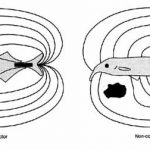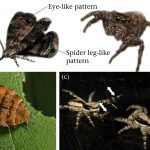This gallery contains 2 photos.
How predator and prey species interact with each other can affect the dynamics of an ecosystem and the consequent species composition and diversity of the area. Because of this, piecing together how these interactions occur and on what levels is … Continue reading





